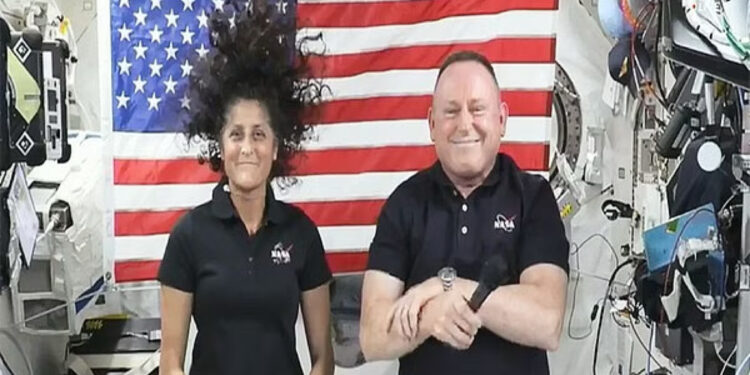Boeing’s Starliner spacecraft made a dramatic return to Earth late Friday, leaving behind the two astronauts who’ve been stuck in space since June.
The spacecraft, which had been grounded by technical glitches, autonomously undocked from the International Space Station and embarked on a six-hour journey home, landing in New Mexico. NASA deemed the trip too dangerous for astronauts Barry “Butch” Wilmore and Sunita “Suni” Williams due to concerns over the craft’s maneuvering thrusters. Therefore, the plan for them to remain in space until next year is still in place. Wilmore and Williams, the first crew to fly aboard Starliner in June, will stay on the ISS until February 2025, now part of an extended mission that will last eight months instead of the planned eight days.
Starliner reentered Earth’s atmosphere around 11 p.m. ET, traveling at a blistering 17,000 miles per hour. A precision parachute deployment and airbags helped guide it safely to the White Sands Space Harbor, a remote desert landing site.
The mission, intended as a final test before Starliner’s certification for routine flights, faced setbacks that have thrown its certification path into doubt. Despite the spacecraft’s promising return, safety concerns have delayed certifying it for crewed missions. The ISS, home to seven other astronauts who arrived on various spacecraft, will continue to be a hub of scientific research, with Wilmore and Williams contributing their expertise.
Even before the difficult mission three months ago, technical issues, including failed thrusters and helium leaks, had plagued Starliner since its initial 2019 test flight. Although a 2022 mission showed progress, these ongoing problems have led to a $125 million investigation and pushed total costs for the Starliner program to over $1.6 billion.
Wilmore and Williams are slated to return home in one of Elon Musk’s SpaceX vehicles in February 2025.



